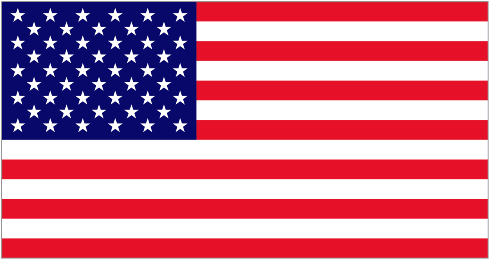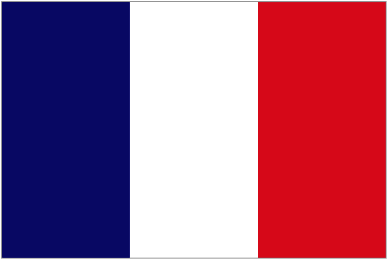C Major chord on the guitar
The C major chord is composed of the notes Do, Mi, Sol
To mark a C major chord on the guitar, place your fingers in the following positions: the index finger on the highest Mi string on fret 1, the middle finger on the Re string on fret 2, and the ring finger on the La string on fret 3.
x.3.2.0.1.0
Then, play the strings simultaneously to produce the chord, but be careful not to hit the lowest Mi string because this string does not belong to the chord.
G Major chord on the guitar
The major chord is composed of the notes Sol, Mi, Re
To mark a major chord on the guitar, place your fingers in the following positions: the ring finger on the highest Mi string on fret 3, the index finger on the La string on fret 2, and the middle finger on the Mi string on fret 1.
3.2.0.0.0.3
Then, play the strings all at once, keeping your fingers in their respective positions and allowing the strings you do not mark with any finger to also sound in the open air.
A Minor chord on the guitar
The minor chord is composed of the notes La, Mi, Do
To mark a minor chord on the guitar, place your fingers in the following positions: the index finger on the Si string on fret 1, the ring finger on the Sol string on fret 2, the middle finger on the Re string on fret 2 and leave the La string open.
x.0.2.2.1.0
Tips for practicing guitar chords
It is important to remember that marking chords on the guitar requires practice and patience. Don’t get discouraged if it’s a little complicated at first, over time and effort, you can develop the necessary skill to play chords quickly and accurately. In addition, it is recommended that you practice with a metronome to improve your synchronization and precision when playing chords.
In addition to marking chords, developing other skills, such as tuning the guitar, reading sheet music, and synchronizing with other musicians, is essential. These skills are essential for playing music in a group and progressing as a musician.


